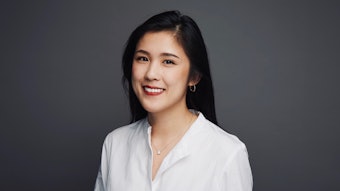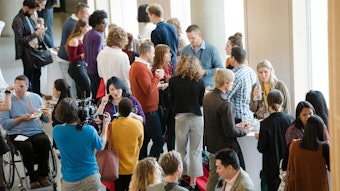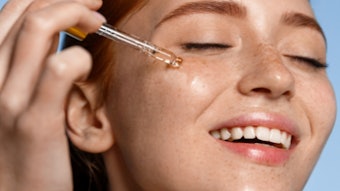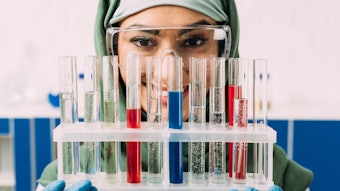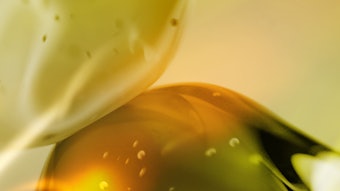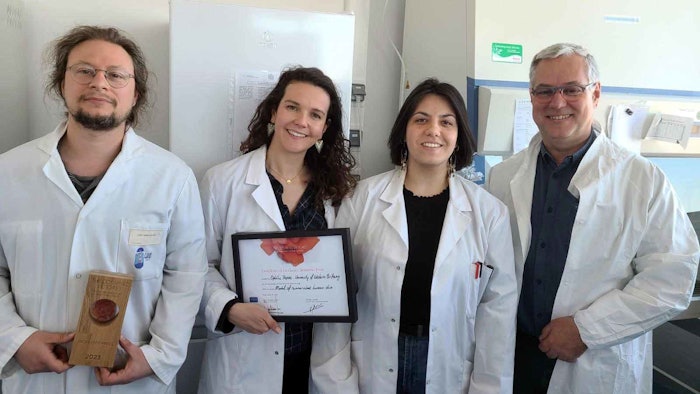
As previously reported, the winners of the 8th edition Cosmetic Victories competition were announced on April 4, 2023. The awards are presented by The Cosmetic Valley-ESSEC endowment fund.
Six finalists in two categories, academic and industry, were selected from 112 projects and narrowed down to two winners. Here, we profile the Academic Winner, "Model of Reinnervated Human Skin," from The University of Western Brittany, France.
What is your innovation? How is it used?
The innovation, called MONTHS (Model Of reiNnervaTed Human Skin), is a human model of reinnervated skin. It could be used in: 1) basic research, in order to better understand skin and neuron interactions; 2) the cosmetic field, to test new cosmetics or compounds; and 3) the pharmaceutical field, to test new medicines in dermatology.
What is novel about it? How might it shape cosmetics and personal care product development?
There are several in vitro models of human skin but most of them have no connection with neurons. Our innovation includes the whole skin, with connections to sensory neurons.
Our innovation is also fully from human origin. This is the first time that a team has succeeded to develop a functionally re-innervated in vitro skin model with neurons issued from human cells. Sensory innervation is a key element in skin homeostasis and structure.
The innovation is an amazing tool and an efficient complementary model, aligned with the ethics and regulatory requirements of the cosmetic field, to test the efficacy of cosmetic ingredients and products of interest.
Where did your idea come from?
Our group, Laboratory Interactions Neurons Keratinocytes (LINK), has always worked on the skin and the interactions between skin and the nervous system. The idea was born from the necessity for more physiological models of skin to better understand cutaneous physiology and pathophysiology of skin diseases; but also, mostly to avoid the use of animals in our scientific studies.
What development challenges did you face in creating it? What skills or technologies supported your success?
This advanced technology is unique, and we faced difficulties in the time needed to optimize protocols. The greatest difficulty was to succeed in manufacturing cells from human origin with properties approaching sensory neurons. We needed a long time — 15 years — to develop this innovation.
What outcome do you anticipate from the Cosmetic Victories competition? From your work?
To be honest, the Cosmetics Victories was our first worldwide competition participation. We were glad to represent our laboratory and project. Above all, we were honored by the recognition of this international cosmetics organization.
Obviously, this prize is a springboard to new collaborations and opportunities for us. It increases interest for our innovation.

